From dreamy beaches to rugged canyons and fantastic local cuisine, discover the best things to do in Crete in one week.
Crete is the largest of the Greek islands and a highly sought-after holiday destination. Thanks to its rich history and diverse landscapes, time flies on this gorgeous island as you spend your days going from beautiful beaches to hiking trails, local tastings and top tourist attractions.
But with so much choice, it’s hard to decide what to see on a one-week trip. How do you make sure you’re visiting those essential sights and experiencing the real spirit of the island?
Not to worry, we’ve got you covered. We’ve put together a day-by-day itinerary from Heraklion to Elafonissi that includes all the must-see activities. And we haven’t forgotten to leave time for some relaxation on beautiful beaches that look like they’re straight out of the Caribbean. We’ve also added an entire section dedicated to practical tips, including suggestions on where to stay, how to get around Crete, essential souvenirs, what to eat, and what to pack.
Keep reading to discover what to see in Crete in seven days and don’t forget to save our map.
Day 1: Heraklion and the Palace of Knossos
Begin in Heraklion, the capital of the island and an excellent starting point for exploring Crete. Once here, take the time to discover the old town surrounded by ancient walls, the harbor with the Venetian fortress, and enjoy your first delicious Cretan lunch. If you have time, a visit to the prestigious Archaeological Museum is well worth it. It’s also a good idea to visit during the hottest hours of the day and escape the heat.
Then it’s on to the Palace of Knossos, the most famous attraction on the island and one of the most fascinating in all of Greece. The site is located outside the city but can be reached in about 15 minutes by car or by bus from the city center. It’s an ancient citadel built around 1700 BC and is a unique testament to the art and culture of the ancient Minoan civilization. Note that the frescoes that you’ll see are reproductions. We recommend visiting the Palace of Knossos with a guided tour to fully appreciate all the details and learn about the palace’s history and legends.
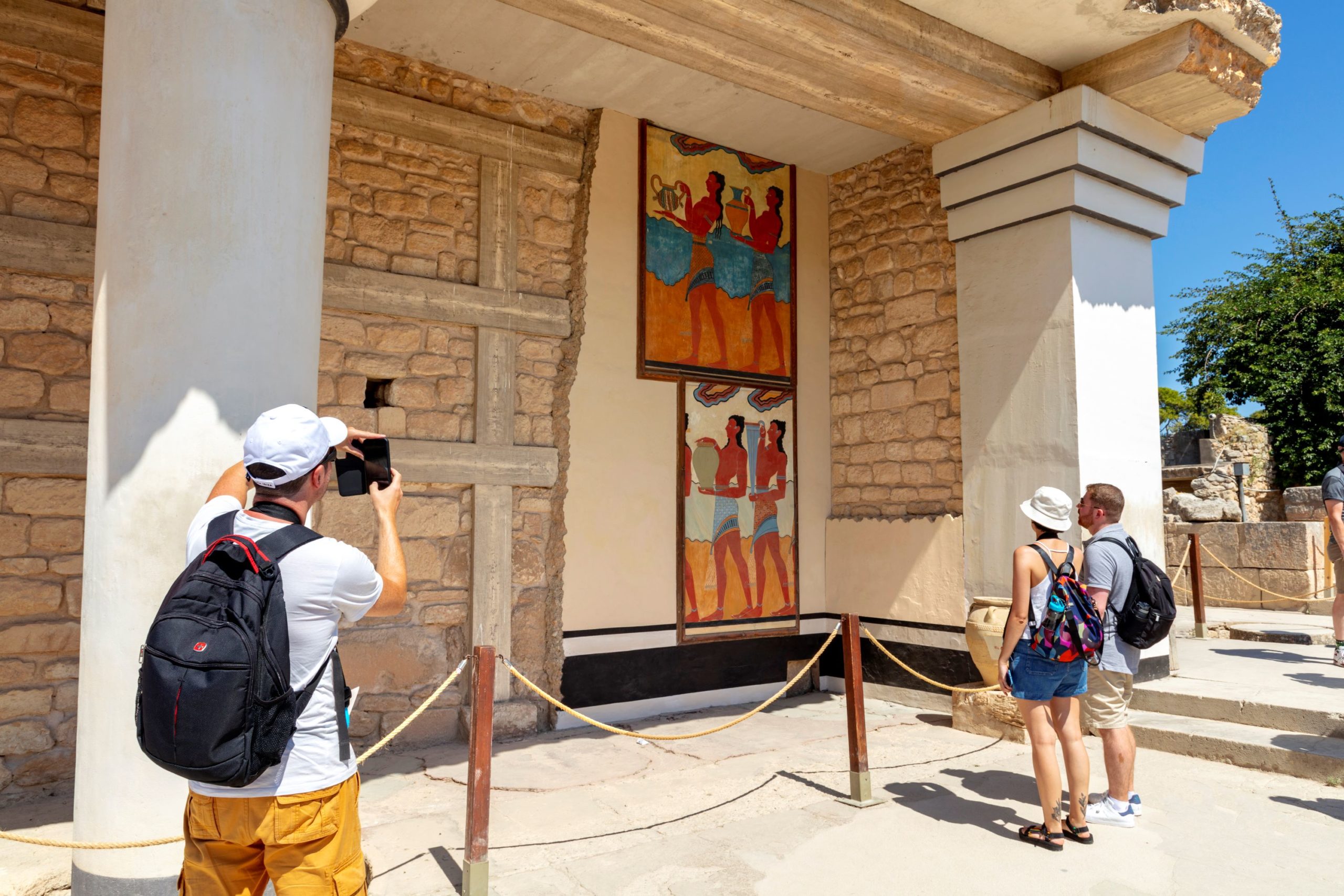
Day 2: History and relaxation at Spinalonga
Dedicate your second day to the island of Spinalonga, the easternmost place you’ll see during your trip. Spinalonga is an abandoned island where a majestic Venetian fortress was built and beautifully preserved. Having been both a sought-after strategic settlement and a leper colony at different times, the island has a long and turbulent history. Today it’s both a charming and fascinating place to visit.
You can walk around its perimeter, explore the ruins of ancient settlements, and visit the old hospital and theater. And then, it’s time to relax. The bay where it’s located is truly stunning, with crystal-clear waters. Stop by the beach of Spinalonga or return to the beach of Plaka for a swim with the fortress in the background.
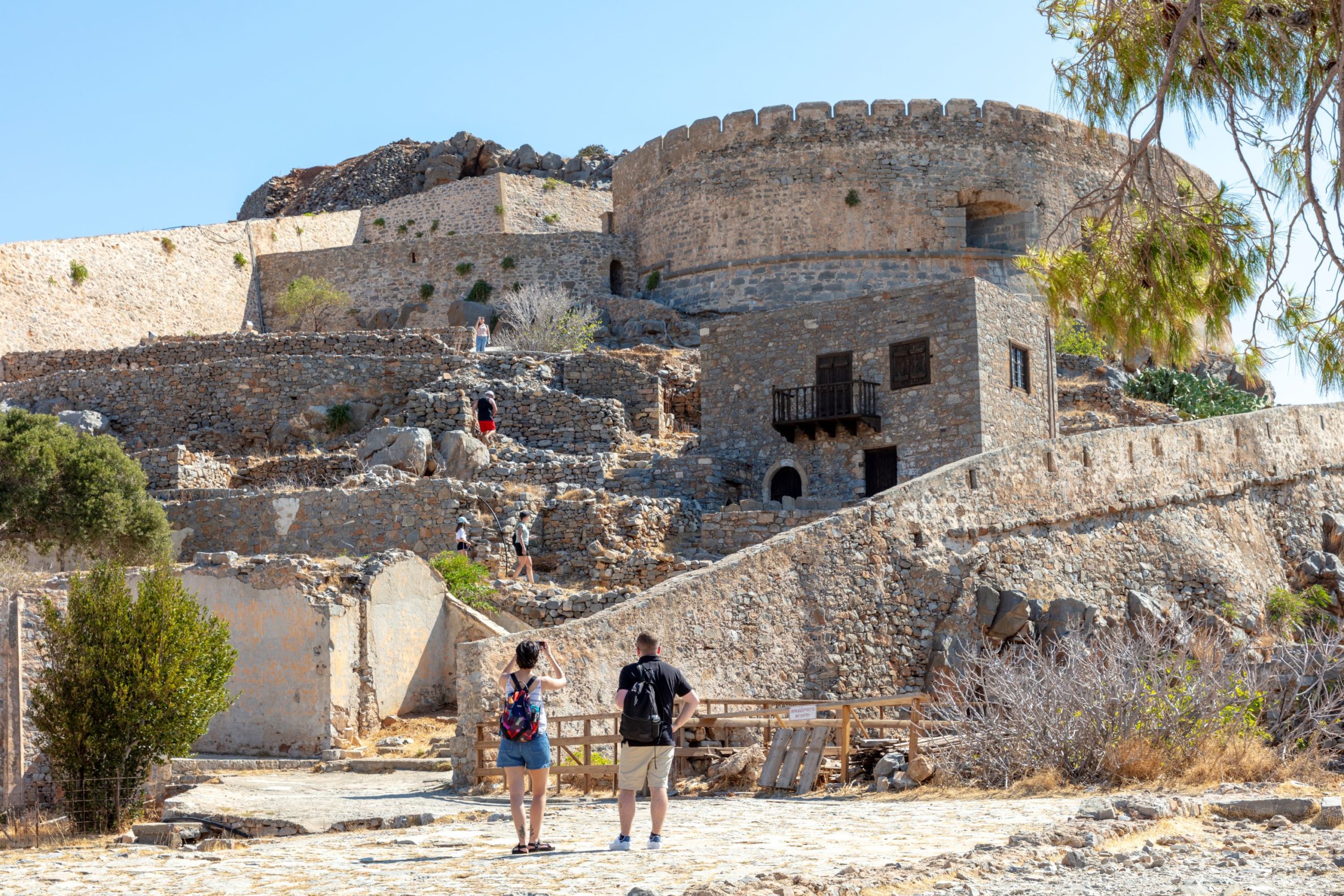
Day 3: Rethymno and a sunset tour
Rethymno is a historic coastal city with a relaxed vibe. Spend your third day in Crete exploring its old town, where you can still see the remnants of its Turkish and Venetian past. This is also the perfect place to indulge in some shopping. And don’t miss the beautiful Venetian fortress, where you might have the chance to attend an outdoor event or concert.
To cool off after all that wandering, take a break at the well-equipped city beach or venture a bit further to one of the many beautiful beaches in the area.
Lastly, join a sunset safari on a 4×4 vehicle that will take you on a journey through the Cretan countryside. Starting from the city, you’ll leave the coast behind and drive up the hills where you’ll enjoy breathtaking panoramic views of the surroundings. Finally, a delightful dinner awaits you, featuring traditional meze and wine.
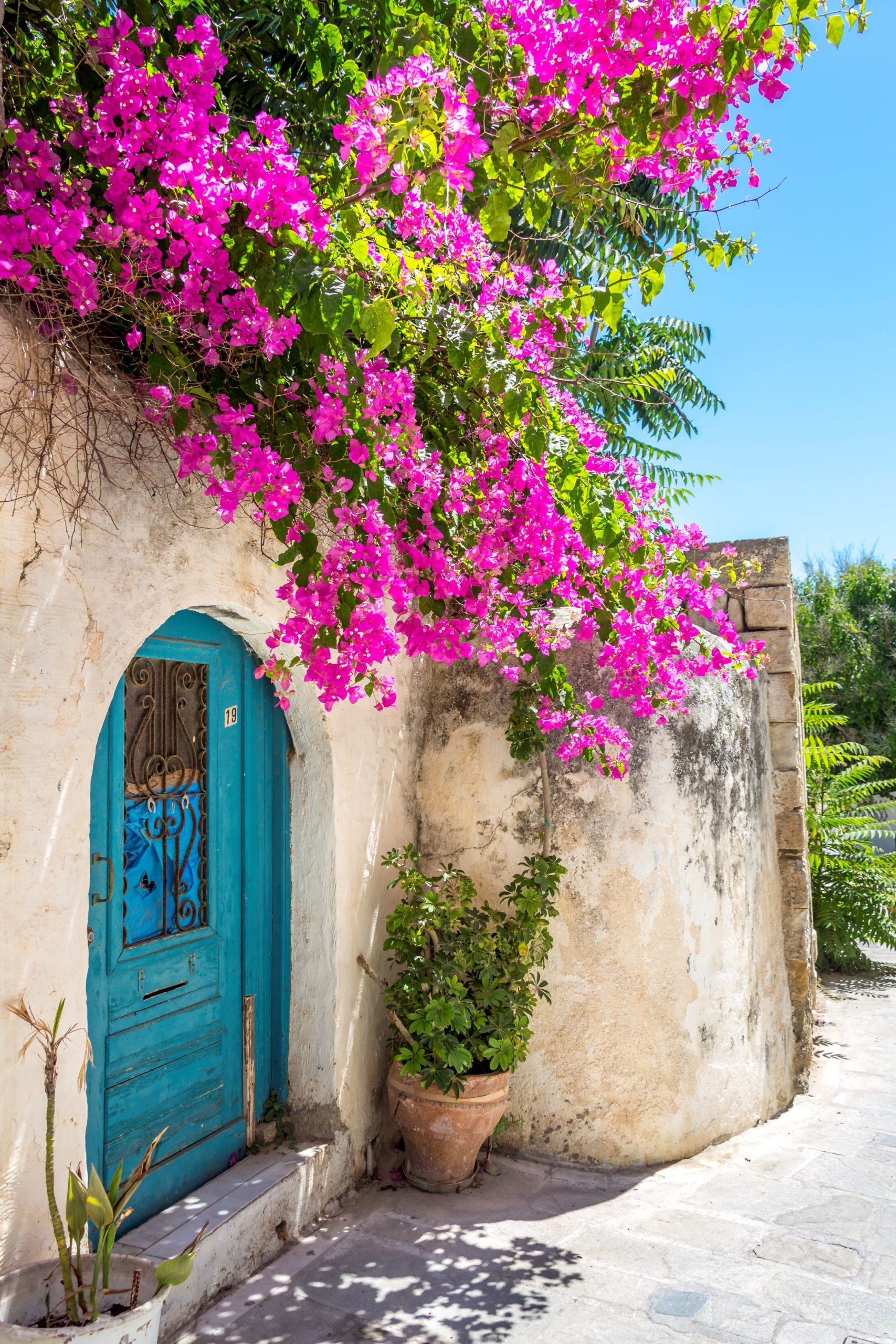
Day 4: Regional products and delicacies
Among the many things the island has to offer, its gastronomic products are a true gem. That’s why we recommend dedicating half a day of your vacation in Crete to discovering its regional delicacies. Join a food and wine tour of the Rethymno countryside to taste products at a local winery and an olive oil producer. You’ll also get to climb up to the Vosakou Monastery, one of the most beautiful on the island, and finish the tour with a delicious traditional lunch.
Afterwards treat yourself to some well-deserved relaxation, whether it’s on a beautiful beach or simply by the poolside.
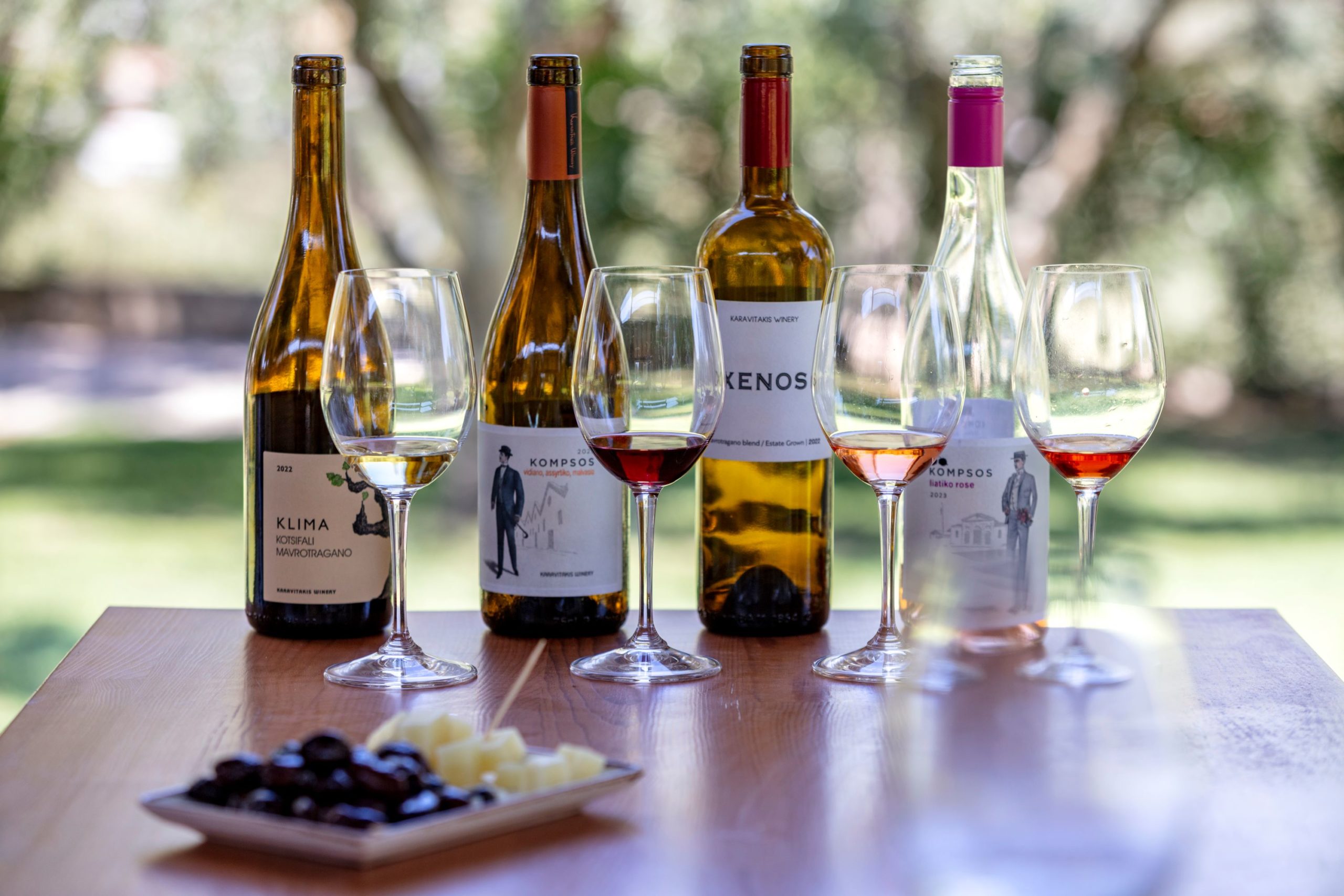
Day 5: The paradisiacal Elafonissi Beach
The beaches of Crete are truly spectacular and one of the most famous is Elafonissi Beach. Known for its pristine fine sand and crystal-clear waters, Elafonissi is a true paradise. In front of the beach, you’ll also find the islet with the same name, which can be reached either by walking across a sandy isthmus or by sea, depending on the tides. If you want to combine relaxation with exploring the island, an organized tour to Elafonissi that includes a visit to Agia Sofia Cave and Chrissoskalitissa Monastery, is an excellent option.
Spend the evening in Chania, the third-largest city in Crete. Here, you can enjoy dinner at a restaurant in the historic center, take a stroll along the beautiful Venetian harbor and savor a drink by the seaside.
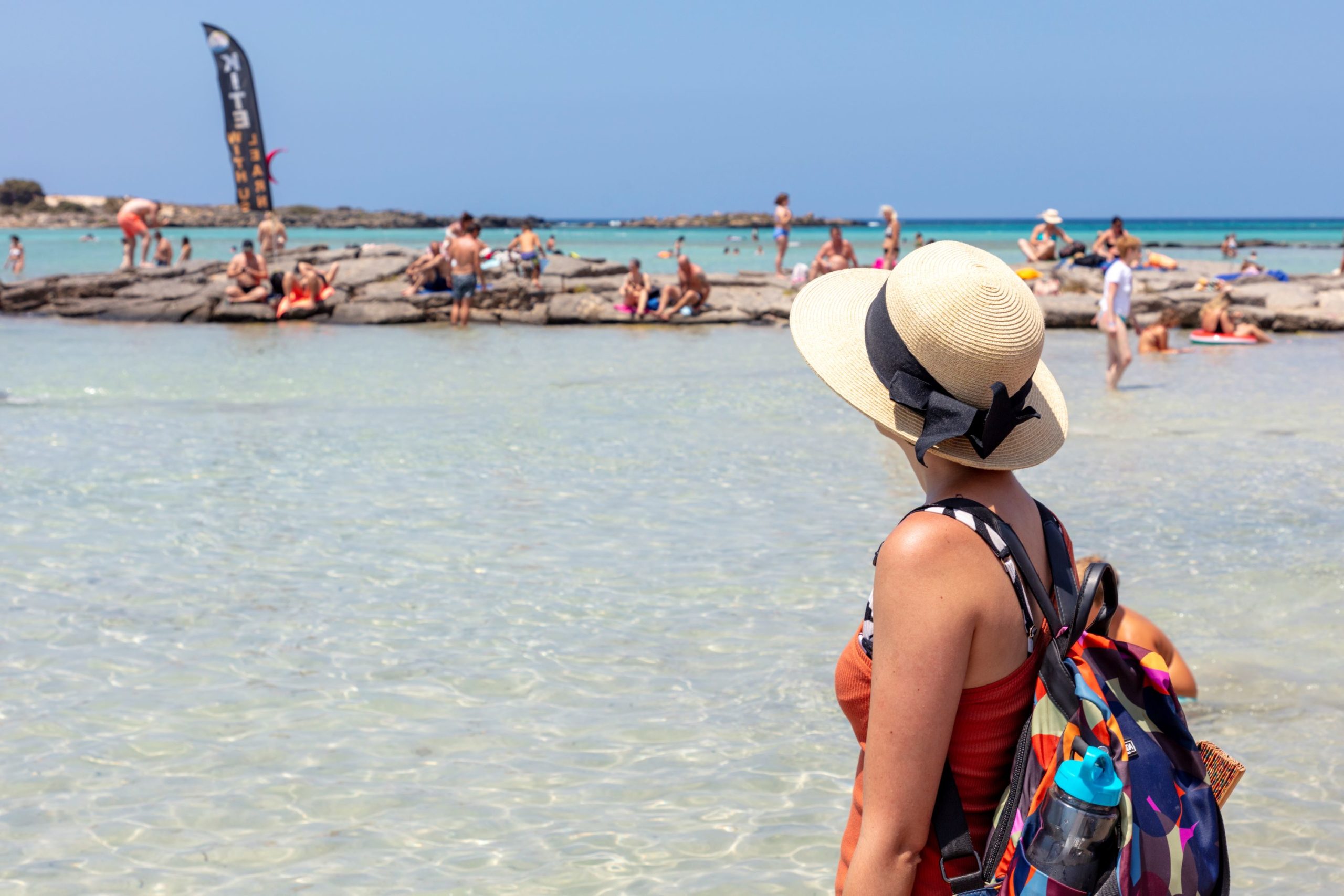
Day 6: Samaria Gorge and its famous trek
Now it’s time for some adventure! The Samaria Gorge is a truly fascinating national park, home to the famous 13km trek through the canyon. It’s a long downhill hike that offers up some incredible thrills. The trail starts in the village of Omalos and ends in Agia Roumeli; from there you’ll need to take a ferry back. Along the way you’ll pass through towering rock walls, the narrow passage known as the Iron Gates, and abandoned villages. Make sure to bring water, food and comfortable shoes.
Once you reach Agia Roumeli, you can wait for the ferry on the beach, taking a refreshing swim or enjoying a nice meal at a taverna.
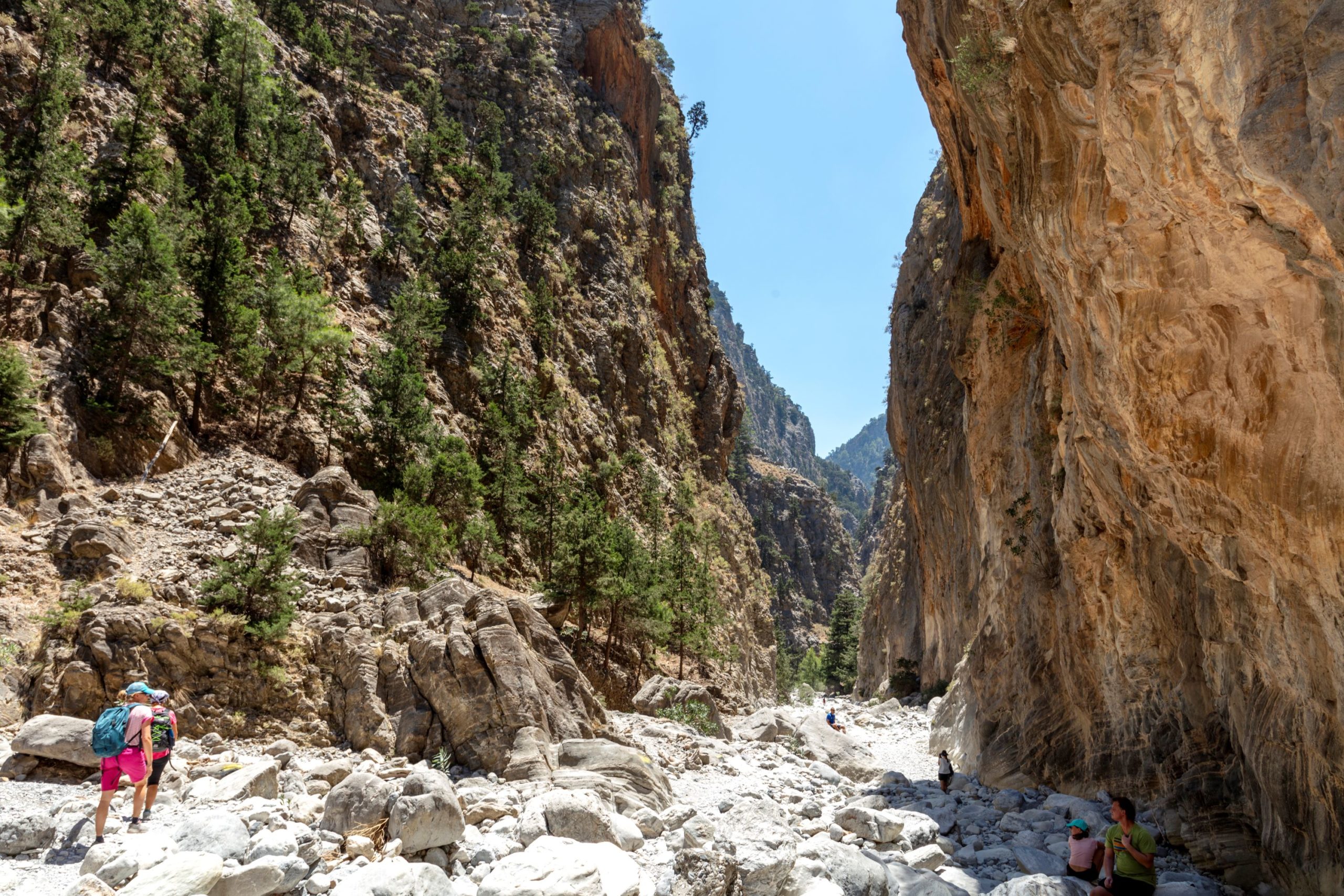
Day 7: Sandy dunes and relaxation at Falasarna
For your last day, we suggest spending a day of complete relaxation at Falasarna Beach. Another beautiful beach in the Chania area, Falasarna is a protected area with white sandy dunes and clear waters. The beach is pristine and well-equipped with snack bars and umbrellas, so you can spend the day in total peace and tranquility having all your needs met.
If you prefer something a bit livelier, we recommend a tour that combines wine and olive oil tastings with a free afternoon at Falasarna.
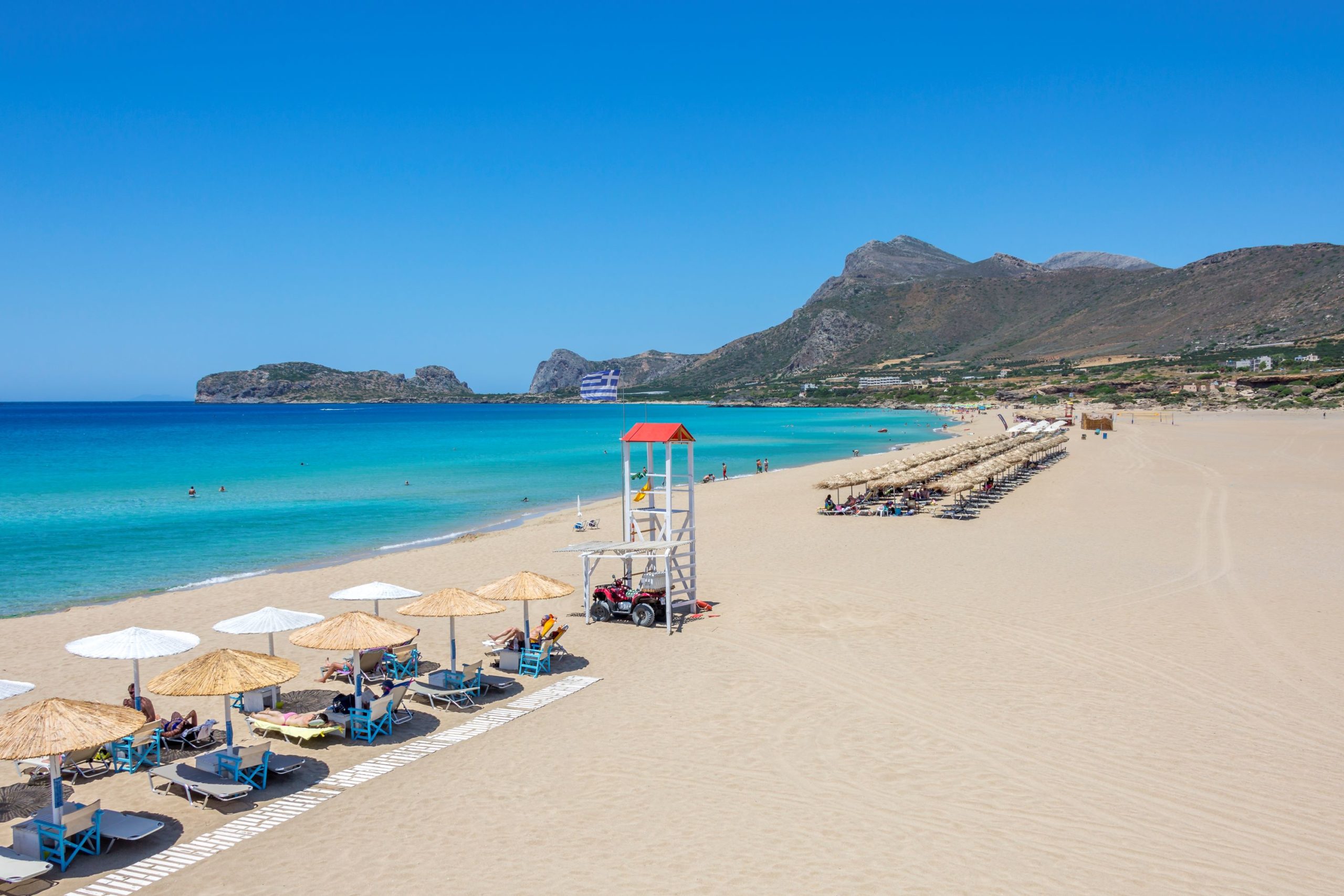
Practical tips
Where to stay in Crete
Crete is the largest of the Greek islands, and the distance between the easternmost and westernmost points of our itinerary is a full 260km (almost four hours of travel). For this reason, we recommend staying in at least two different locations. Staying in three different places, however, is ideal, as this will significantly reduce travel distances and make your vacation even more relaxing.
For this seven-day itinerary, we suggest organizing your trip as follows:
- Days 1 and 2: Heraklion
- Days 3 and 4: Rethymno
- Days 5, 6, and 7: Chania
This way, you’ll always be reasonably close to the proposed attractions and activities, and you’ll have time in the afternoons and evenings to explore the three cities at your leisure.
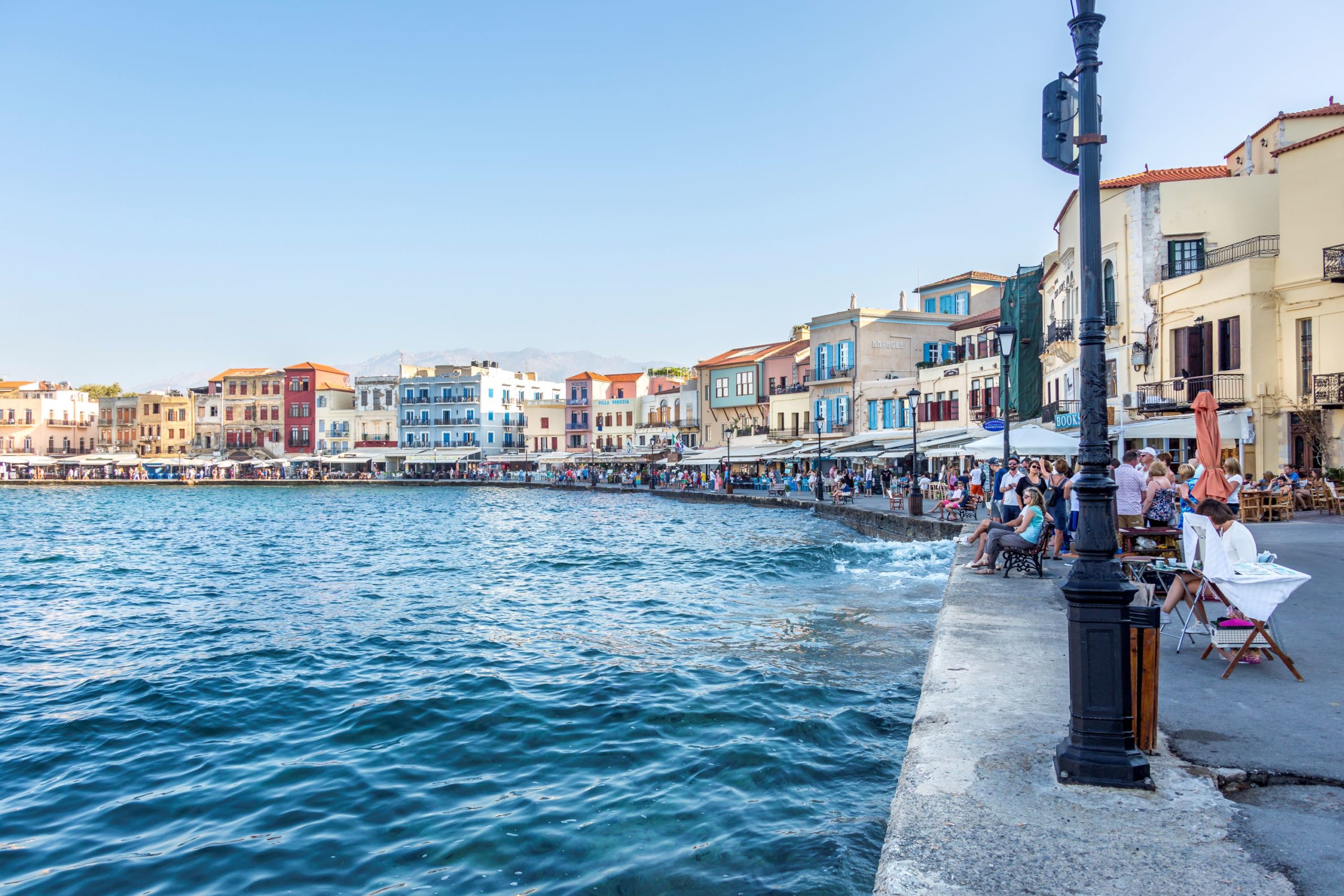
How to get around Crete
Northern Crete has an excellent and very affordable bus network, which connects the major cities and tourist attractions. In places like Heraklion, Chania and Rethymno, relying on taxis is also quite convenient.
But if you want to explore Crete more independently, we recommend renting a car. Most of the roads are highways and in good condition. With your own car, you can go anywhere and take the time to visit a hidden beach or stop for a photo along the way.
The best souvenirs from Crete
We know you want to keep that vacation feeling alive as long as possible and also bring home some of the flavors you tasted on the island. That’s why we’ve put together a list of tasty and essential souvenirs to bring back in your suitcase.
- Olive oil: This condiment has been part of Cretan culture for thousands of years and is one of the island’s top products. Take a guided tour of an olive grove and learn everything there is to know about olive cultivation. At the end of the visit, you can taste the produced oil and make some purchases.
- Raki: This liquor is found all over Crete, in restaurants, taverns, bars, and in every resident’s fridge. It’s a traditional aperitif often served before dinner. If you want to take a bottle home, buy it in a tavern or local shop.
- Cheese: Cretan cheeses, especially varieties like graviera and mizithra, are delicious souvenirs. They’re made from sheep’s or goat’s milk and have flavors ranging from mild to tangy.
- Honey: Honey is another tasty souvenir that perfectly captures the Mediterranean traditions and flavors. Cretan honey is made with wild herbs and thyme, allowing you to savor Mediterranean life even after returning home.
- Ceramics: In addition to all these delicacies, we also suggest taking home a non-edible souvenir. Crete has a millennia-old tradition of pottery, and on the island, you’ll find many handmade ceramic plates, bowls, and cups that are lovely gifts for the home.
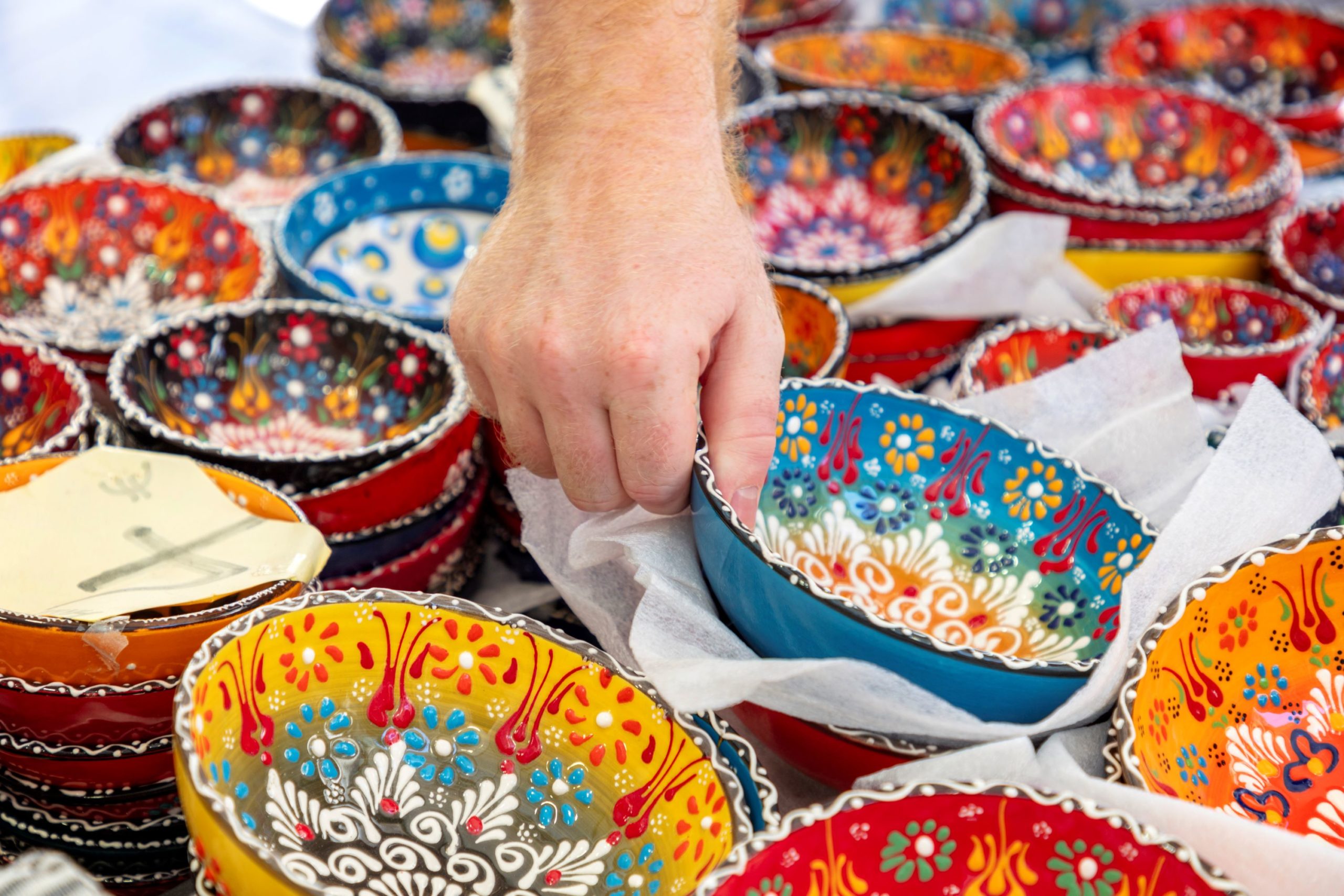
Local cuisine and where to eat in Crete
No trip to Crete is complete without tasting its delicious cuisine. We recommend trying the following traditional dishes: dakos (a rusk topped with tomatoes and feta), boureki (a dish from the Chania area made with vegetables and goat cheese), kalitsounia (a cheese and spinach pie), fava (yellow pea puree), and snails either fried or boiled in saltwater.
If you’re looking for something to drink, try raki, a grape-based spirit similar to grappa, and for dessert, indulge in kataifi (thin crispy noodles with nuts and honey) and loukoumades (sweet fried donuts).
To savor local products and shop like a local, the markets in Crete are the ideal place. It’s worth visiting the Central Market in Heraklion, on the historic 1866 Street, which sells fruits, vegetables, olives, and cheese, and the Agora Market in Chania, a covered market where you can find olive oil, honey, savory pies and traditional sweets.
As for restaurants, here are some recommendations for the main stops on our itinerary:
- Olive Mint in Skalani: It offers traditional Cretan dishes with a modern twist in elegant surrounds. It’s 15 minutes by car from the center of Heraklion.
- Raki Ba Raki in Rethymno: A well-known restaurant located right in the historic center, it serves up traditional food with some interesting vegetarian options.
- Gialites Taverna in Livadia: A lovely family-run restaurant that serves daily specials. It’s a good, authentic place, 30 minutes by car from Elafonissi.
- Chrisostomos in Chania: Near the old port, this is a famous place offering traditional cuisine that’s received numerous awards. Reservations recommended.
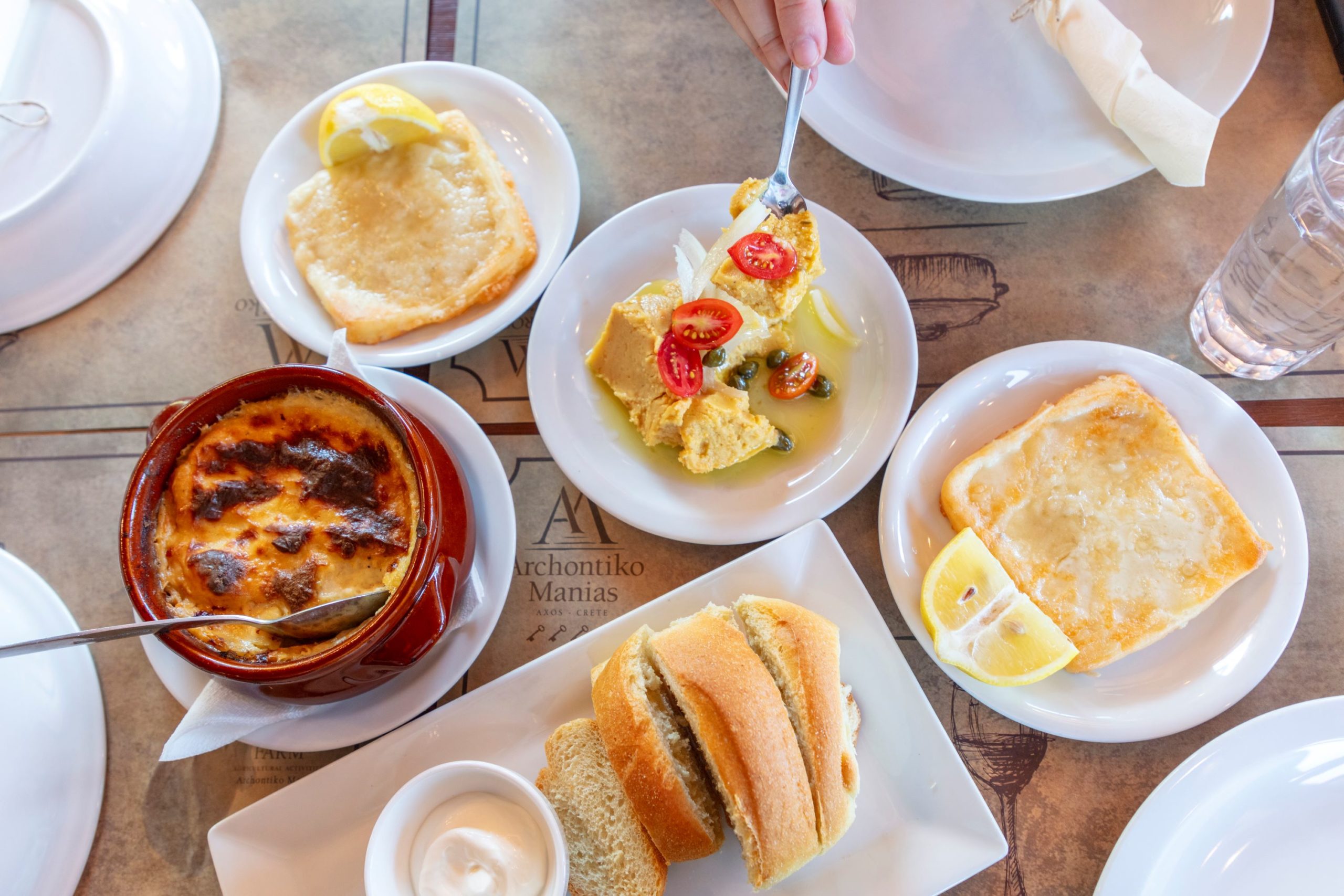
What to pack
If you decide to follow at least part of our itinerary, you’ll alternate between relaxing days at the beach and active excursions. This means you’ll need to pack a mix of clothing and accessories, including the following:
- Hiking or athletic shoes with good grip for the hike in the Samaria Gorge
- A hat to protect from the sun
- Sunscreen with medium to high SPF
- Water shoes for comfortably stepping on pebble beaches (like Spinalonga)
- A sweater or light jacket for the evening
Looking for more inspiration on things to do in Crete? Check out this video:
Visualizza questo post su Instagram
